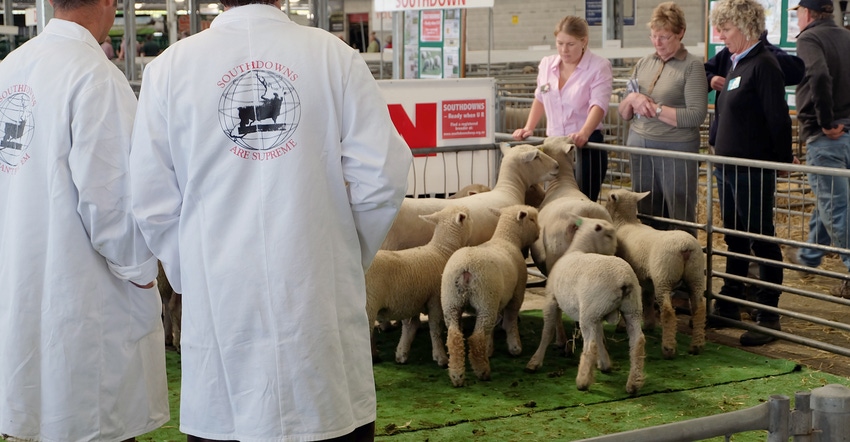April 22, 2017

By Elise Brown
Since June 2016, I've been traveling across New Zealand on a working holiday visa. This visa enables me to tour the country and work to support my holiday. In American English, that translates into a vacation.
I've worked as a calf-rearer on a 1,500-cow dairy farm; a general farmhand on a lifestyle block farm, which is basically a hobby farm; a housekeeper and dishwasher at a lodge; and a stockhand for the sheep unit at an agricultural university.
Through this work I've seen interesting similarities and differences between New Zealand and Indiana agriculture. New Zealand is made of two distinct islands, the North Island and the South Island. There are topographical, climate and crop differences between the two. I've spent most of my time on the South Island.
Here are five ways that these two very different places — New Zealand and Indiana — are similar when it comes to agriculture:
1. Organizations that connect, educate and share knowledge. In November, I attended the New Zealand Grasslands Association annual meeting with a contingency from the American Forage and Grasslands Council. We heard presentations on scientific papers, toured innovative farms, and talked with producers, industry representatives and university faculty.
In March, I attended the results day for a ram trial where members of the Otago Southland Dorset Down Breeders Club gathered to see whose ram had gained the most weight over the three-month trial.
2. Increased use of technology. On the dairy farm where I worked, computers recorded production data and statistics, which the milkers and farm managers could access from a phone app. I recorded my shifts on a timesheet online. There also was an app for iPhone users.
On one farm I visited, the farmer had engineered a precision irrigation rig that applied only the amount of water a plant needed where and when it was needed. He also runs a company that provides precision agriculture services such as nutrient management and data management. These types of technological advancements are showing up in the U.S., as well.
3. Breed marketing. A colorful place mat at McDonald’s in New Zealand highlights the use of Angus beef in their products. Signs along the highway in Mackenzie Country highlight merino wool grown there. Mackenzie Country is a vast dry region similar to the Western U.S. Clothing stores all over the country advertise and sell merino wool. Some products combine merino wool and opossum fur and provide soft, warm scarves, sweaters and socks. Don't worry, the opossums here are not like the ones in Indiana.
You don’t find signs and stores advertising wool much in Indiana, but you do see billboards and stores promoting Indiana’s commodity products, including beef and pork.
4. Tractors here and there. Tractors in New Zealand include green ones, red ones and blue ones. I had the chance to drive a more recent model tractor while working at the university. It even had a radio. I know many Indiana farmers nowadays have a radio and much more technology on their tractors, but growing up, I drove tractors that were open-air models from the ’60s and ’70s. So it’s a treat anytime I’m able to work in a tractor or combine with a radio.
5. Weeds and more weeds. Hoosiers don’t have the exclusive rights to weeds. Trust me, I’ve hacked at, dug out and sprayed a lot of them while working in New Zealand.
Brown lives in Parke County when not working her way across New Zealand. To learn more, visit kiwihoosier.com. Read her account of what's different about New Zealand agriculture in this related story.
You May Also Like




